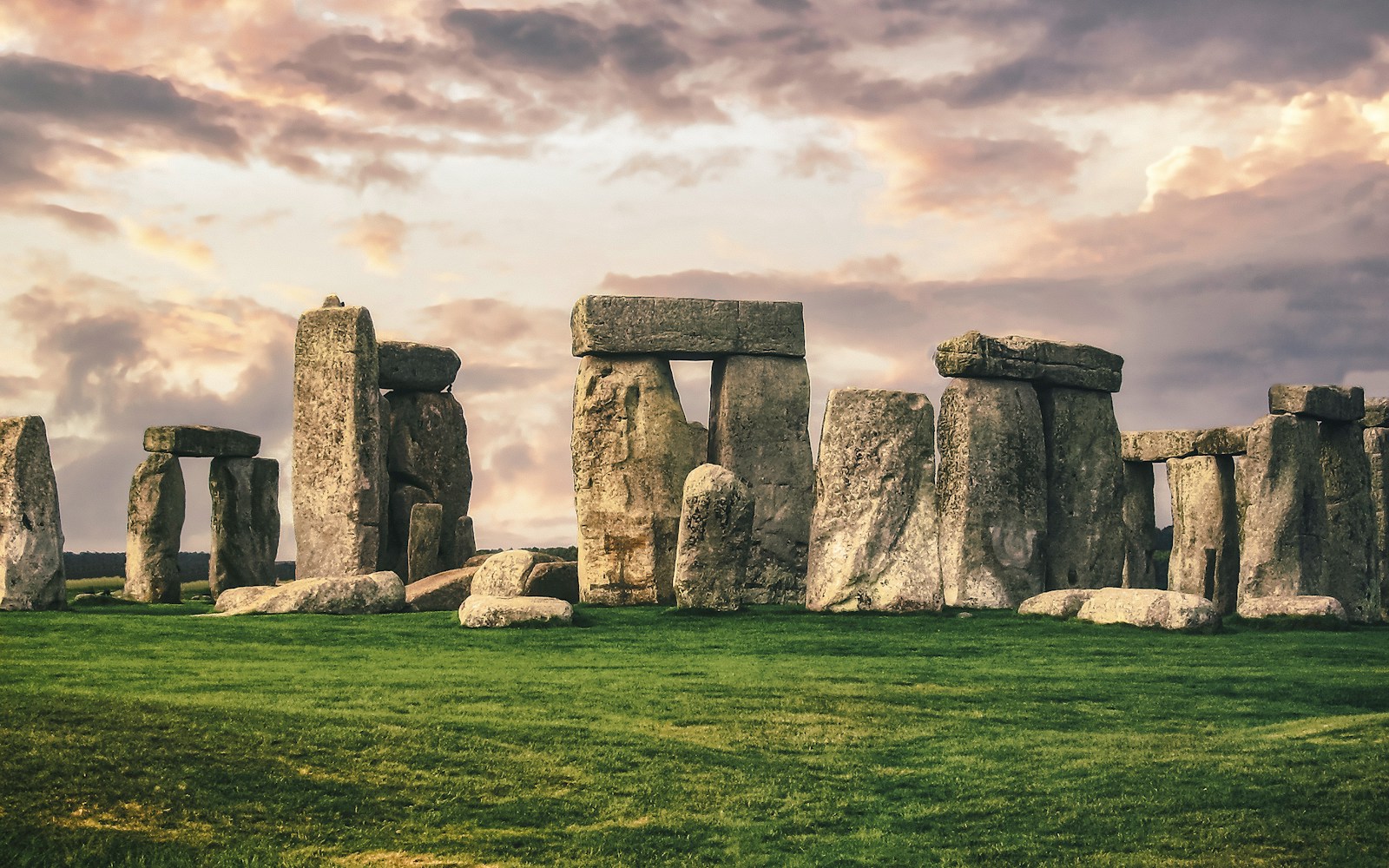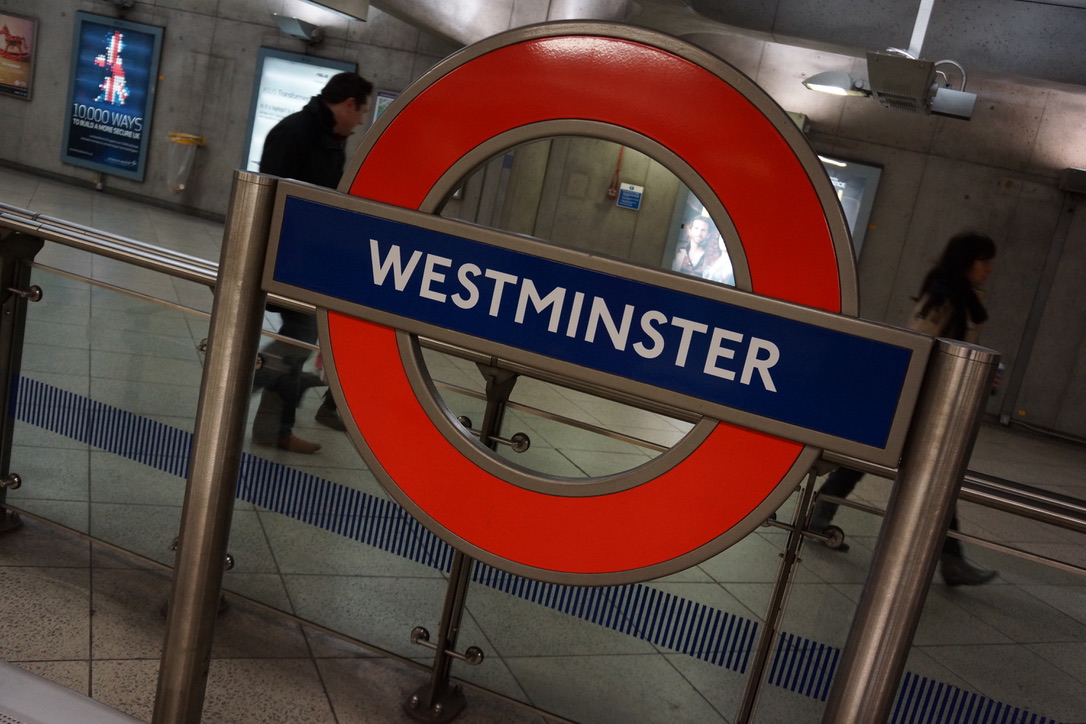The Hidden Meanings Behind British Pub Signs
When you stroll through the vibrant streets of Britain, the colourful pubs beckon with their quirky signs swinging gently in the breeze. These establishments are more than just a place to grab a pint; they are steeped in history and often carry hidden meanings that reveal fascinating stories about their origins, the local community, and British culture as a whole. Join us on a delightful journey as we explore the hidden meanings behind British pub signs and discover the rich tapestry that makes these establishments so unique.
The History of Pub Signs
Before we dive into the meanings, it’s essential to understand how pub signs came to be. The tradition of using signs to identify inns and taverns dates back to the Middle Ages. During this time, literacy rates were low, and many patrons were unable to read the names of the establishments. Instead, visual symbols became crucial for identification.
As a result, pubs started adopting signs that were often painted with vibrant images of animals, saints, or historical events. These signs served as a way for people to find their favourite watering holes without needing to read. Over the centuries, pub signs evolved into not just identifiers but also an art form, showcasing the creativity of local artisans and celebrating regional heritage.
Common Themes in Pub Signage
While each pub sign has its unique story, you’ll find that many share common themes. Here are a few prevalent motifs you’ll encounter:
Animals
Animals are among the most common symbols found on British pub signs. They often represent the characteristics associated with the creature, but they also have deeper meanings rooted in local folklore and history.
- The Red Lion: One of the most iconic pub names, the Red Lion can be found across the UK. Its origins can be traced back to the heraldic symbol associated with the monarchy, representing strength and courage.
-
The Black Bull: This sign usually signifies a link to farming and agricultural prosperity. Bulls were commonly seen in rural areas and often symbolised virility and strength.
Historical Figures and Events
Some pub signs pay homage to famous individuals or significant events in British history. This practice serves not only to educate patrons but also to create a sense of community pride.
- The King’s Head: This sign typically refers to King Charles I, who was executed during the English Civil War. Pubs named after him commemorate his legacy and the turbulent times of political upheaval.
-
The Crown and Anchor: A symbol of the British Navy, this sign represents Britain’s maritime history. It’s a nod to the importance of naval power in securing British interests overseas.
Mythological and Folkloric References
Britain is rich in folklore, and many pub signs incorporate mythological elements. These signs often serve as a reminder of the culture and traditions of the local area.
- The Green Man: This ancient figure, often depicted as a face surrounded by leaves, represents nature and the rebirth of life in spring. Pubs bearing this sign celebrate the connection between the land and its people.
-
The Mermaid: A symbol of mystery and allure, mermaids often feature in coastal towns, reminding patrons of the sea’s enchanting yet treacherous nature.
Regional Variations
The meanings behind pub signs can vary significantly from region to region, influenced by local culture and historical context. Let’s take a closer look at a few notable examples:
London
In the capital, you’ll find a plethora of signs that reflect its bustling history and diverse culture.
- The Dog and Duck: This sign can be traced back to the 18th century when London was notorious for its duck hunting. The establishment’s name suggests a place where this sport was once popular, blending leisure with the culinary delights of roast duck.
The West Country
The West Country is known for its picturesque landscapes and rich folklore, often reflected in pub signage.
- The Fisherman’s Friend: Many pubs in coastal towns celebrate the fishing industry. The sign often depicts a fisherman at work, reminding locals and visitors alike of the region’s enduring connection to the sea.
The Midlands
The Midlands features a unique blend of industrial history and rural charm.
- The Black Horse: A common sight, this sign often pays tribute to the agricultural past of the region. Horses were vital for transport and agriculture, and the pub name evokes nostalgia for simpler times.
The Art of Pub Signs
The artistry involved in creating pub signs is often overlooked. Signmakers have historically used wood, metal, and now digital printing to create intricate designs that tell stories.
Craftsmanship and Design
Each sign is a labor of love that reflects the local style and community spirit. From hand-painted wooden boards to modern digital designs, the craftsmanship varies widely. Many signmakers use traditional techniques passed down through generations, ensuring that every sign is a unique work of art.
The Role of Local Artists
Local artists and craftsmen often play a significant role in designing pub signs. By commissioning local talent, pub owners not only support their community but also ensure that the signs resonate with the local culture and history. This creates a bond between the pub and its patrons, who may feel a sense of ownership and connection to the establishment.
Modern Trends and Innovations
As society evolves, so do the meanings and themes behind pub signs. While traditional symbols remain popular, modern pubs are beginning to embrace more contemporary and playful designs.
Playful Puns
With the rise of craft breweries and hipster pubs, many establishments have adopted witty names and clever puns.
- The Tipsy Cow: This name adds a humorous twist while still evoking the agricultural past of the countryside. It appeals to a younger audience looking for a more relaxed and fun atmosphere.
Inclusivity and Diversity
In recent years, there has been a push for inclusivity in pub naming. Some establishments are opting for signs that celebrate diversity and create a welcoming environment for all.
- The Rainbow Pub: This signifies a commitment to LGBTQ+ inclusivity, showcasing a shift in modern pub culture towards acceptance and celebration of all identities.
Conclusion
As we’ve uncovered, British pub signs are far more than mere decorations; they are a window into the rich tapestry of history, culture, and community. Each sign tells a story, depicting everything from local folklore to significant historical events, reflecting the values and traditions of the areas they inhabit.
Next time you pass by a pub, take a moment to appreciate the artistry and thought behind the sign. It’s a small but meaningful connection to the past and a celebration of the vibrant culture that continues to thrive in Britain’s beloved public houses. So, whether you’re enjoying a quiet pint or a lively night out, remember that each pub sign carries with it a hidden meaning waiting to be discovered. Cheers!


